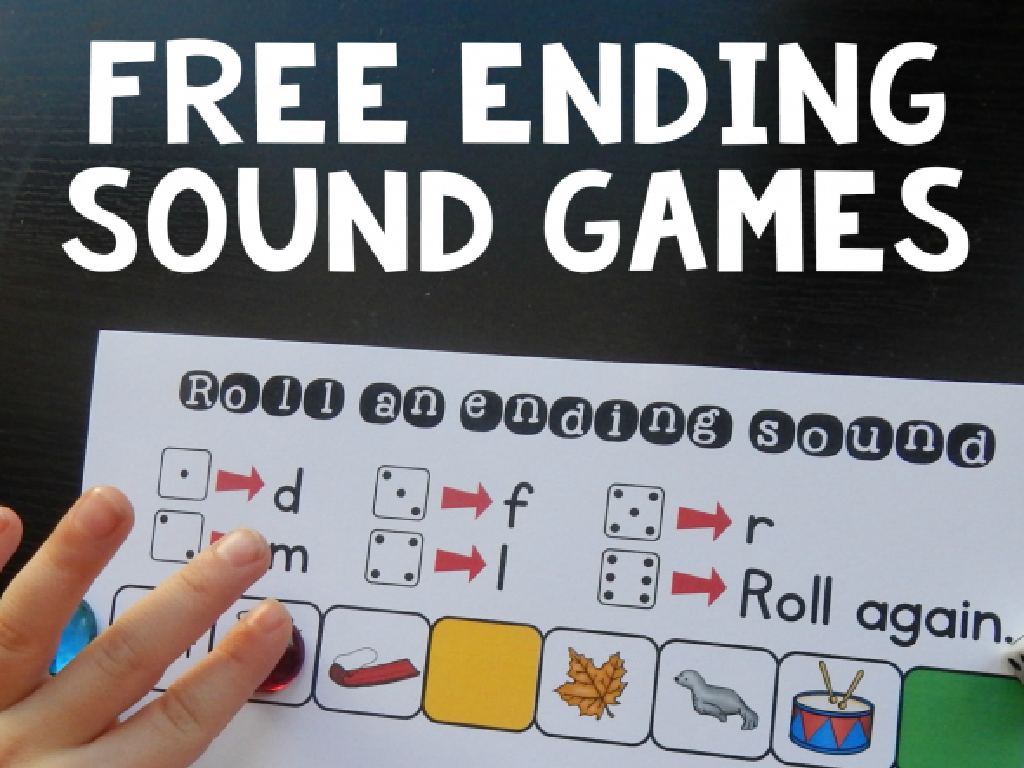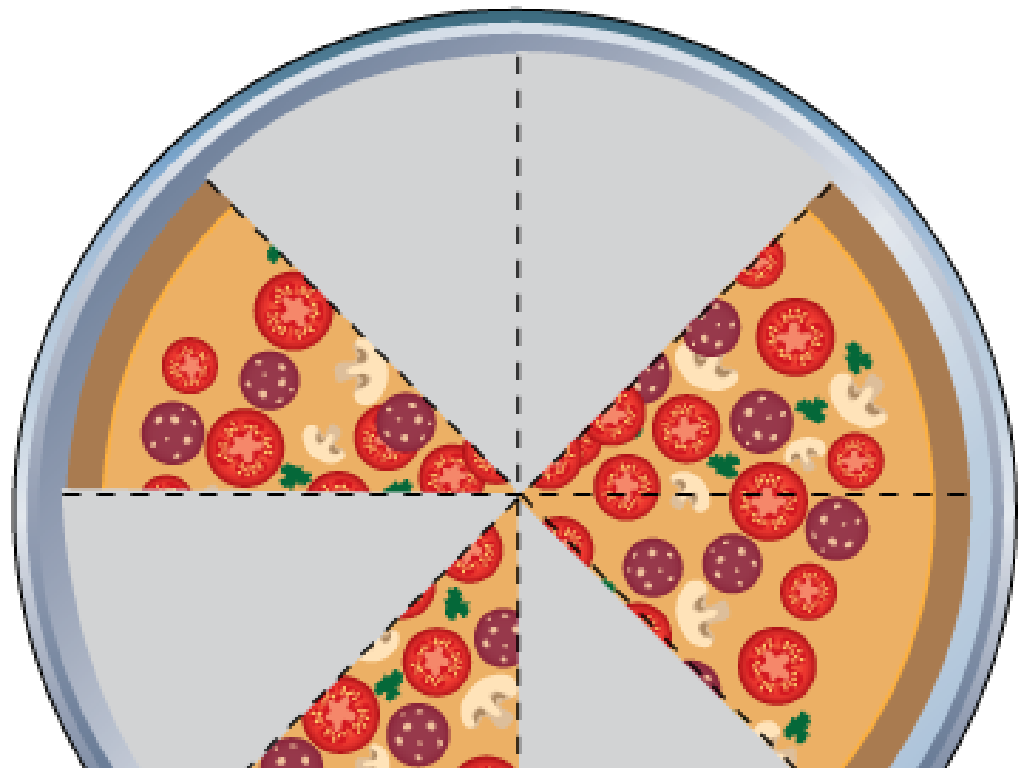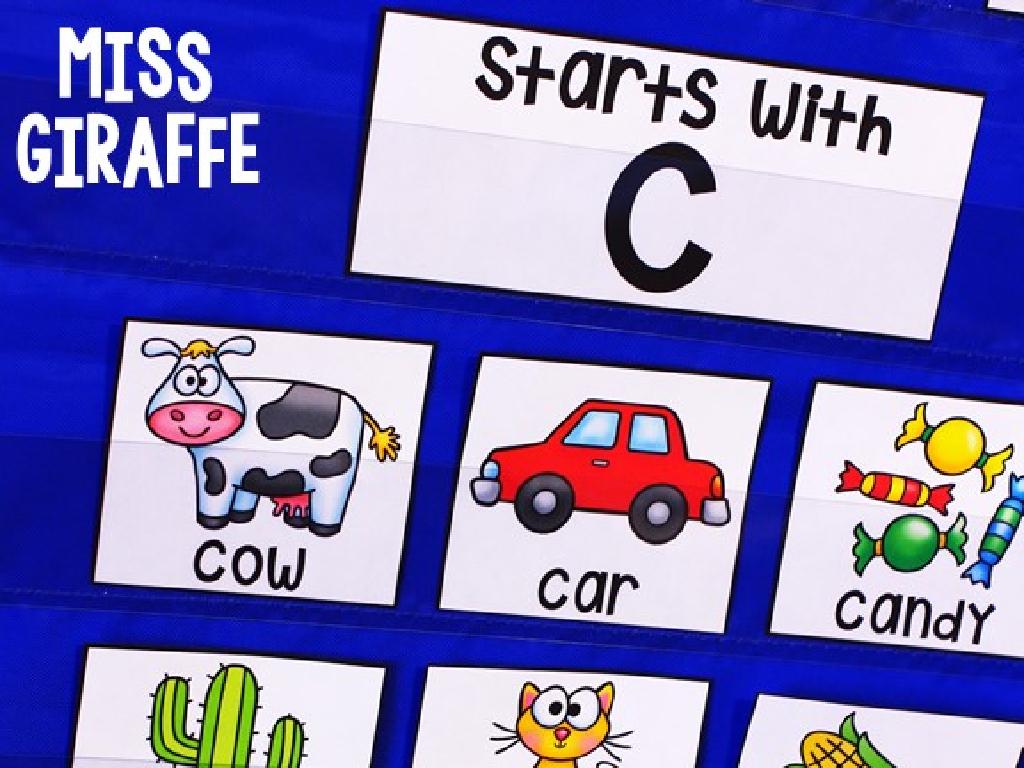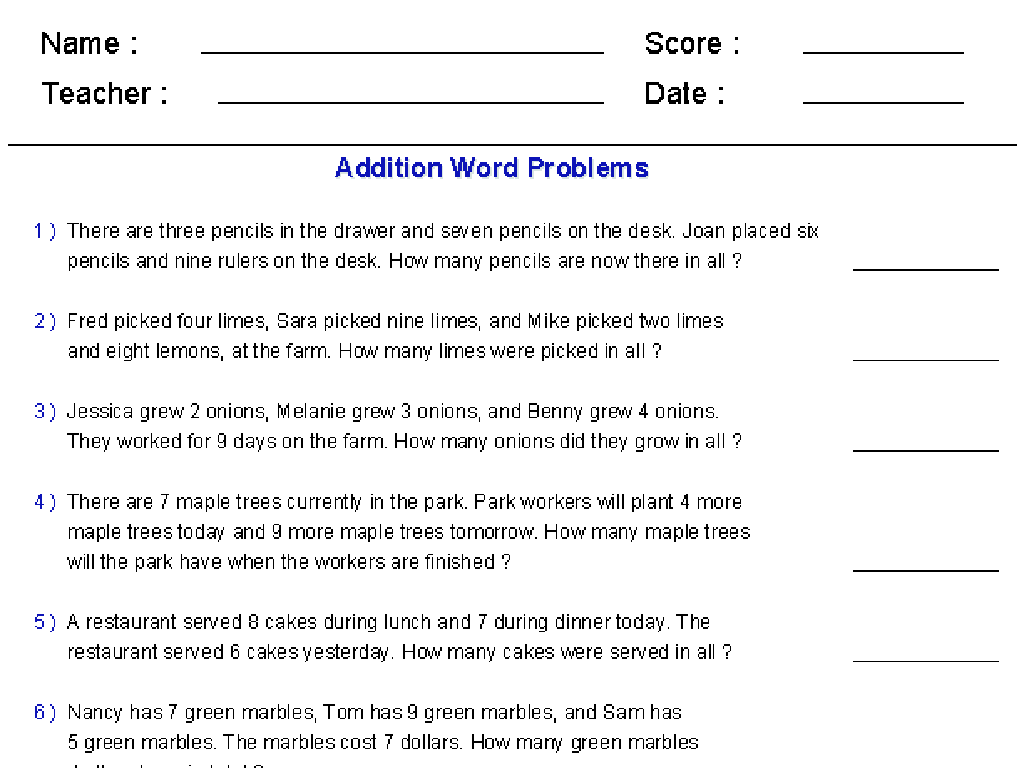Make The Largest Or Smallest Number Possible
Subject: Math
Grade: Third grade
Topic: Ordering And Comparing
Please LOG IN to download the presentation. Access is available to registered users only.
View More Content
Introduction to Ordering Numbers
– Greetings, bright minds!
– Today’s lesson: ordering numbers
– Arranging numbers: smallest to largest
– For example, order 3, 1, 4 as 1, 3, 4
– Also, largest to smallest
– Try 9, 7, 8 as 9, 8, 7
|
Begin the class with an enthusiastic greeting to capture the students’ attention. Introduce the concept of ordering numbers, which is a fundamental skill in understanding numerical relationships. Explain that arranging numbers from the smallest to the largest helps in comparing their values and is essential in various real-life situations, such as organizing items by size or understanding number lines. Conversely, arranging numbers from largest to smallest is just as important and can be used in different contexts, such as scoring in games. Use simple examples to illustrate these concepts and ensure that students grasp the idea of ordering by magnitude. Encourage participation by asking students to volunteer more number sets to order.
Understanding Number Ordering
– What is number ordering?
– Arranging numbers by their value
– Ordering smallest to largest
– Ascending order: 1, 2, 3, 4…
– Ordering largest to smallest
– Descending order: 4, 3, 2, 1…
– Practice ordering numbers
|
This slide introduces the concept of ordering numbers, which is a fundamental skill in understanding numerical value and place value. Start by explaining that ordering is simply arranging numbers based on their value, either from smallest to largest (ascending order) or largest to smallest (descending order). Use simple, relatable examples like lining up by height or arranging books by size. Encourage students to think of ordering as organizing numbers in a line where each number has its own place. After explaining, engage the students with an activity where they practice ordering sets of numbers to reinforce the concept.
Making the Smallest Number Possible
– Start with the smallest digit
– Example: 5, 3, 7 becomes 357
– Smallest digit first: 3, then 5, then 7
– Practice with various numbers
– We’ll do this as a class activity
– Understand ordering for small numbers
– Learning to compare and order numbers
|
This slide is aimed at teaching students how to arrange given digits to form the smallest possible number. Begin by explaining that the smallest number starts with the smallest digit. Use the example provided to illustrate this point. Then, engage the students in a class activity where they practice this skill with different sets of numbers. This will help them understand the concept of ordering numbers and reinforce their number sense. For the activity, consider using number cards or interactive games where students can physically arrange numbers. Encourage them to explain their thought process to the class to foster a deeper understanding.
Making the Largest Number Possible
– Start with the largest digit
– To make a big number, pick the biggest first digit.
– Example: 2, 8, 4 becomes 842
– 8 is the largest, so it goes first to make 842.
– Your turn to arrange numbers
– Try with your own set of numbers!
|
This slide is aimed at teaching students how to arrange digits to form the largest number possible. Emphasize that the position of a digit in a number determines its value, and hence starting with the largest digit is key. Use the example provided to illustrate this concept. Then, encourage students to practice with their own set of numbers. Possible activities: Give students different sets of digits and ask them to form the largest numbers they can. Have them compare their numbers with classmates to see who made the largest number. This will help reinforce their understanding of number value and place value.
Practice Time: Making Numbers!
– Understand ordering of numbers
– I’ll give you a set of digits
– Make the smallest number possible
– Start with the smallest digit on the left
– Make the largest number possible
– Start with the largest digit on the left
|
This slide is designed for a class activity to help students practice the concept of ordering numbers to create the smallest and largest numbers possible. Provide a set of random digits to each student and ask them to arrange these digits to form the smallest and largest numbers they can. Remind them that for the smallest number, they should start with the smallest digit and for the largest number, they should start with the largest digit. For example, with the digits 2, 4, 1, the smallest number is 124 and the largest is 421. Encourage students to explain their thought process as they arrange the digits. This activity will reinforce their understanding of number value and place value. Prepare to offer guidance and ensure that each student has a clear understanding of the task.
Class Activity: Number Scramble
– Understand ‘Number Scramble’ game
– Receive digit cards
– Create smallest number possible
– Use your cards to line up the smallest number you can make.
– Create largest number possible
– Now, try to make the biggest number with the same cards.
|
This interactive class activity is designed to help students understand the concept of ordering and comparing numbers. Distribute cards with single digits to each student and challenge them to arrange these digits to form the smallest and largest numbers possible. This will help them grasp the value of digit placement and the concept of numerical order. For the activity, prepare sets of digit cards for each student or group. Consider variations of the game, such as timing the activity, having students work in pairs, or challenging them to make even or odd numbers. After the activity, discuss the different numbers students created and the strategies they used. This will reinforce their understanding and provide an opportunity for peer learning.
Great Work on Number Ordering!
– Congratulations on your hard work
– Mastered ordering and number crafting
– Learned to arrange numbers and create the smallest or largest possible
– Practice makes perfect
– Aim to become number experts
|
This slide is meant to congratulate the students on their efforts in learning how to order numbers and create the smallest and largest numbers possible. It’s important to encourage them to continue practicing these skills to gain mastery. Remind them that practice is key to becoming confident in their number ordering abilities. As a follow-up, consider assigning a fun homework activity where they can practice by finding numbers in their environment and ordering them or creating the largest and smallest numbers they can with objects at home.






